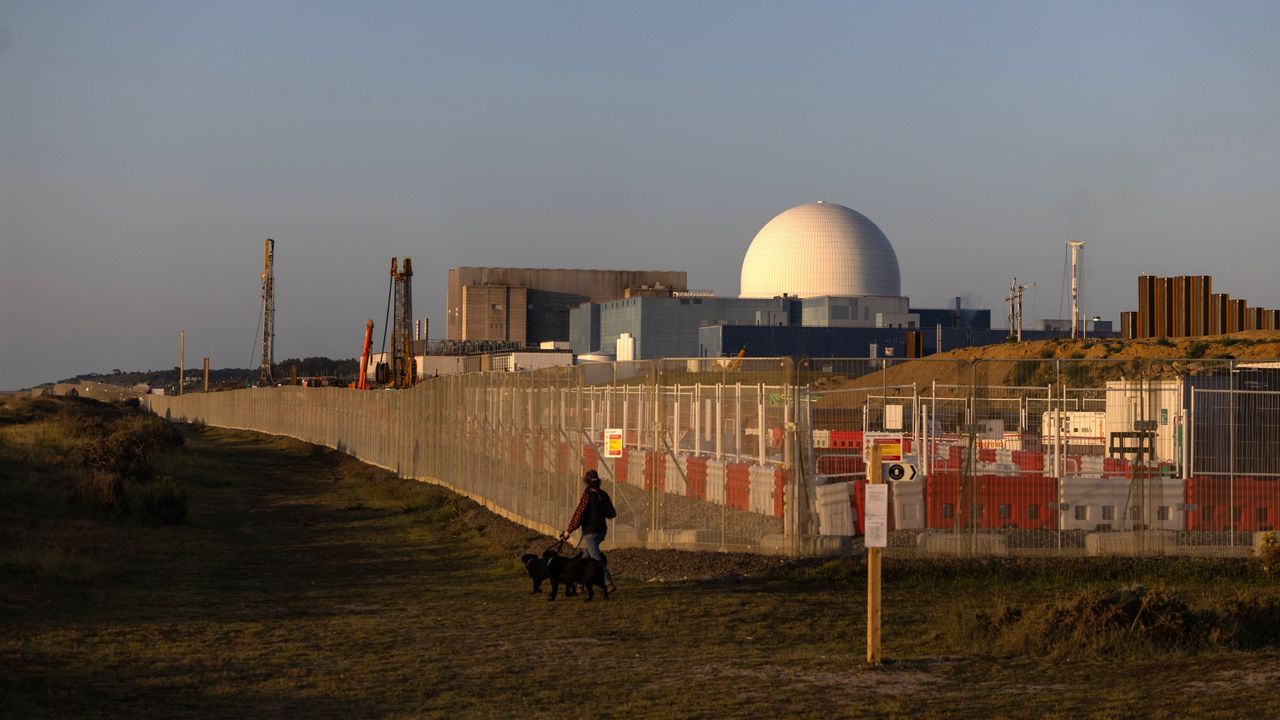
AI News Q&A (Free Content)
Q1: What are the key factors driving the potential golden age of nuclear power?
A1: Several factors are contributing to a renewed interest in nuclear power, including technological advancements, regulatory reforms, and international collaborations. The increasing demand for clean energy solutions and energy security is also pivotal. Notably, several big tech companies have entered contracts with developers of new plant designs, especially small modular reactors (SMRs), which could significantly meet the growing electricity demand. However, challenges remain in the form of economic viability and regulatory hurdles.
Q2: How are technological advancements influencing the nuclear power sector?
A2: Technological advancements are crucial in the nuclear power sector, particularly through the development of SMRs. These reactors offer a promising solution to meet electricity demand with a smaller footprint and potentially lower costs. Furthermore, new methods, such as enhancing electron-nuclear resonances, provide stronger quantum sensing and dynamic nuclear polarization, which are beneficial for both high-field nuclear magnetic resonances and low-power quantum control.
Q3: What role does nuclear power play in decarbonizing energy systems?
A3: Nuclear power is seen as a complementary solution to fluctuating renewable energy sources like wind and solar power. Dispatchable nuclear plants can provide consistent energy output, crucial for maintaining energy stability in fully decarbonized systems. However, the high costs and lengthy construction times of nuclear plants pose significant economic challenges, and their operational inflexibility further complicates integration with other energy sources.
Q4: What are the economic challenges associated with expanding nuclear power?
A4: The economic challenges of expanding nuclear power include high overnight construction costs, which can reach up to $4,000 per kW, and long construction times exceeding ten years. Additionally, nuclear plants must operate at nearly full capacity to recover investment costs, making operational flexibility economically non-viable. These factors significantly affect the cost-efficient share of nuclear power in energy generation.
Q5: How is the global nuclear power landscape expected to change by 2025?
A5: By 2025, global nuclear power generation is projected to grow by nearly 3% annually, driven by increased output from countries like France, Japan, China, and India. Key developments include the restart of plants and the activation of new reactors. This growth is supported by advancements in technology, regulatory reforms, and a focus on energy security, highlighting nuclear power's potential as a key player in the future energy landscape.
Q6: What are the social implications of expanding nuclear power?
A6: While nuclear power offers the benefit of zero-carbon energy, it also carries social implications such as the risk of nuclear accidents and the challenges of waste management. These factors must be considered in the broader context of energy policy and public acceptance, particularly in regions where nuclear energy has historically faced opposition.
Q7: What are the innovative approaches being explored in the nuclear power industry?
A7: Innovative approaches in the nuclear power industry include the development of small modular reactors (SMRs) and dynamic nuclear polarization techniques. SMRs offer a flexible and potentially more cost-effective solution for energy generation. Moreover, advanced quantum control methods are being researched to enhance nuclear spin systems, which could lead to more efficient energy production and reduced power consumption in various applications.
References:
- Enhancing Electron-Nuclear Resonances by Dynamical Control Switching
- Flexible nuclear power and fluctuating renewables? -- A techno-economic analysis for decarbonized energy systems
- State of the Nuclear Energy Industry 2025
- 10 Major Nuclear Energy Developments to Watch in 2025
- Going Nuclear: Industry Outlook and Issues






